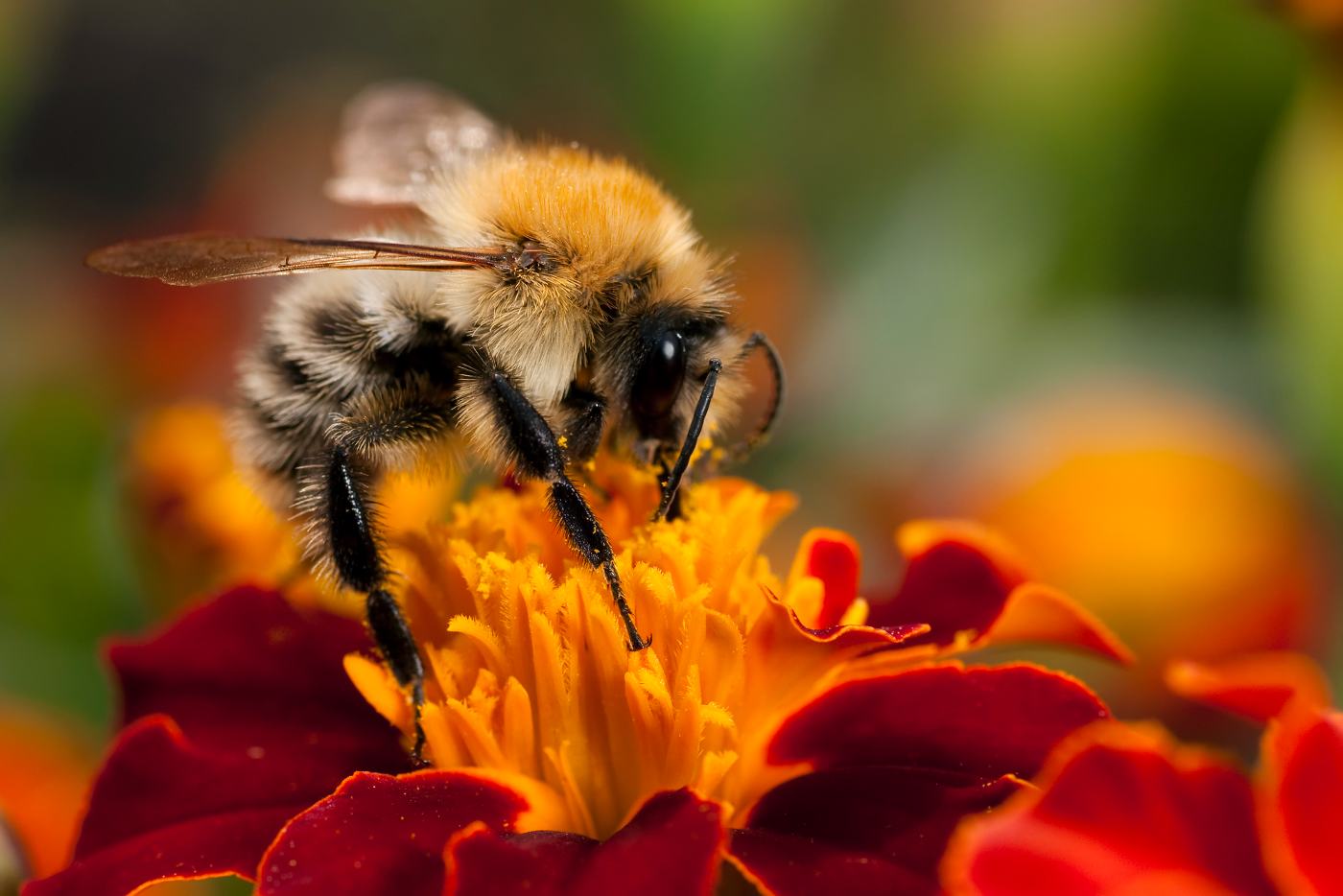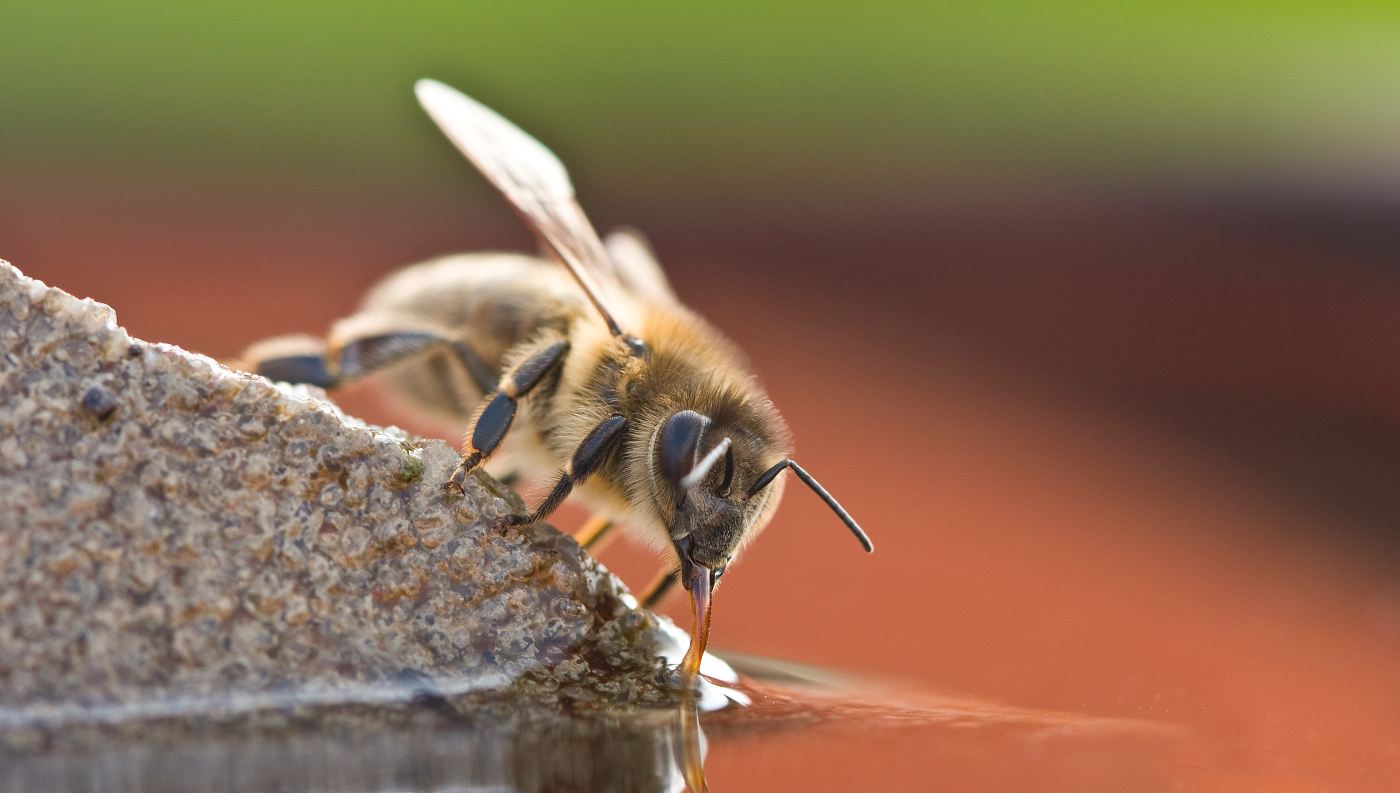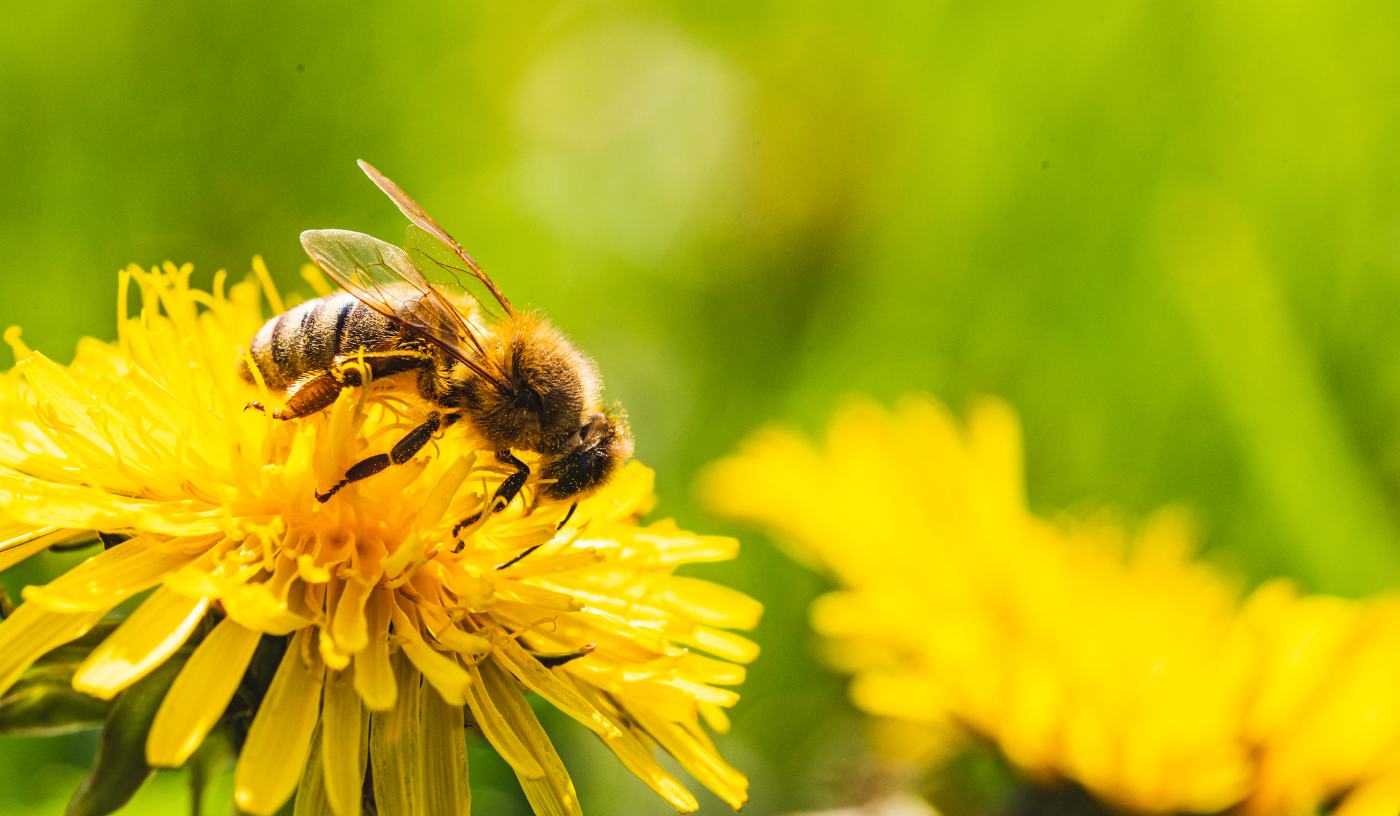Everybody loves seeing flowers blooming in the sun and birds singing in the trees. But gardens can do much more than just look pretty. They can also be essential habitats for bees, helping protect them against threats like the loss of food sources, pesticides or parasites.
Creating a honey bee-friendly garden is one way everyone can make a difference to our planet. Here are nine easy tips to get started.
1. Create Hives and Nesting Areas
Bees like to create hives in places with plenty of shelter from the weather, such as shrubs, trees or buildings. Look for areas bees can use to make nests.
Bumbles like to make homes in hollow logs or long grasses, while solitary bees prefer dried plant stems and bare patches of soil. Provide these types of habitats in your garden to give them safe havens from predators.
If the above is not an option, consider purchasing a beekeeping kit. These kits come with everything you need to create your own bee-friendly environment. Many affordable bee keeping supplies can help you create and maintain a hive.
2. Provide a Variety of Food Sources
The key to giving bees the nutrition they need is variety. Plant flowers, such as daisies, lavender and sunflowers, to produce nectar and pollen. For a win-win situation, plant veggies, herbs or fruit-bearing trees. Not only will the bees like it, but you’ll also have healthy produce.
Consider putting in flowering plants that flower at various points throughout the season if you want to go the additional mile. It means bees will have access to food year-round, not just in spring or summer when most other plants bloom.
3. Avoid Pesticides and Chemicals
Pesticides and other harmful chemicals can be deadly to bees, so avoiding them in your garden is best. If you have to use pesticides, ensure they’re organic and bee-friendly. Always follow the instructions on the label before using any product.
Also, try natural pest control methods like companion planting or encouraging beneficial insects in your garden. These strategies can help keep pests away without harming bees and other wildlife.
4. Provide Water
Bees require water to survive, so ensure a safe drinking water supply is nearby. It could be a shallow bowl or birdbath with water. Adding stones ensures the bees are less likely to drown because they provide them a place to land while drinking.
You can also think about making a bee waterer. You fill a small tray with sand and water once or twice a week during hot, dry weather. If you do this project, make sure you frequently clean the tray and only top it over with brand-new water.
5. Grow Native Plants
Since they supply bees with the nutrition they require to thrive, native plants are crucial. Also, these plants have evolved through time to flourish in your region’s environment, so they won’t need as much upkeep or water as non-native species.
Look for plants with diverse blooming periods throughout the year, such as early-spring-flowering trees and shrubs. They will give bees a reliable food source throughout the season.
Furthermore, native plants can also encourage other wildlife species to visit your garden, making it a bustling hub of activity.
6. Be Patient
Creating a bee-friendly garden takes time, so don’t expect results overnight. Be patient and give bees enough time to discover the resources you’ve provided.
You may make an oasis for bees that will help safeguard them and the ecosystem they depend on with a little work and attention. Our planet would be drastically different if not for bees, so give them some time to make a home in your garden.
7. Mulch and Leave Clippings
Avoid using plastic or rubber mulch when mulching your garden since these materials can contain toxins that can be hazardous to bees and other important insects. Instead, opt for plant-based mulches like straw, grass clippings or shredded bark.
These materials provide insulation for the soil during winter months and help keep it moist during summer. Plus, they add organic matter, which will help improve soil quality and encourage beneficial insects.
Finally, don’t be too quick to tidy up your garden. Leaving dead plants and brush piles shelters bees from the elements and gives them a safe place to hibernate during winter months. So, leave some clippings and let nature take its course.
8. Opt For Natural Weed Control
While it’s important to keep weeds in check, using chemical means can harm bees. Instead, opt for natural weed control options like hand weeding or mulching. Not only will it be safer for bees and other insects, but it can also reduce the amount of time you spend tending to your garden.
You could also consider attracting beneficial insects which can feed on the weeds. You can do this by planting flowers attracting these species or introducing them into your garden.
9. Grow Wildflowers
Wildflowers are a great way to supplement native plants in your garden. They come in a variety of colors and sizes, so you can easily mix them into the existing beds.
Plus, wildflowers help bring more nutrition to bees since they bloom over an extended period. You could also consider planting seeds or buying already-grown plants.
Lastly, don’t forget to leave some areas of your garden unkempt for bees and other wildlife. Wildflowers need less water than non-native species, which makes them ideal for living in the natural state.
Plus, they look great! Your garden can be a safe haven for bees if you invest the time and effort into creating it.
Final Thoughts
Designing a bee-friendly garden is a fantastic way to help preserve these important pollinators and their habitats. You may create a safe atmosphere for bees to thrive in using the abovementioned guidelines. In addition, you’ll get your gorgeous, vibrant garden as payment.
By growing flowers, supplying water and establishing the proper environment, you can quickly help the bees survive. Do not forget to have fun as well. Happy gardening!
Images: Depositphotos


